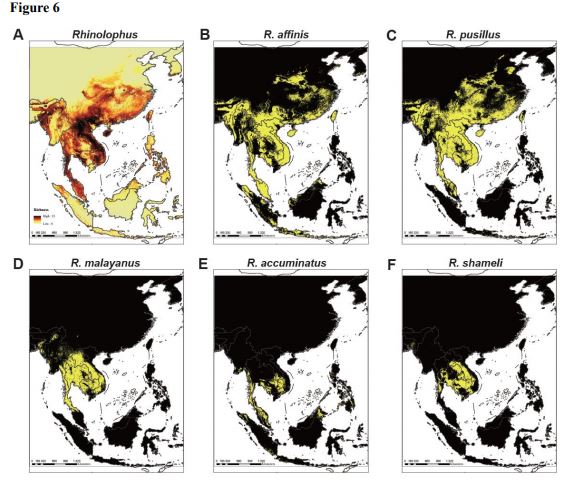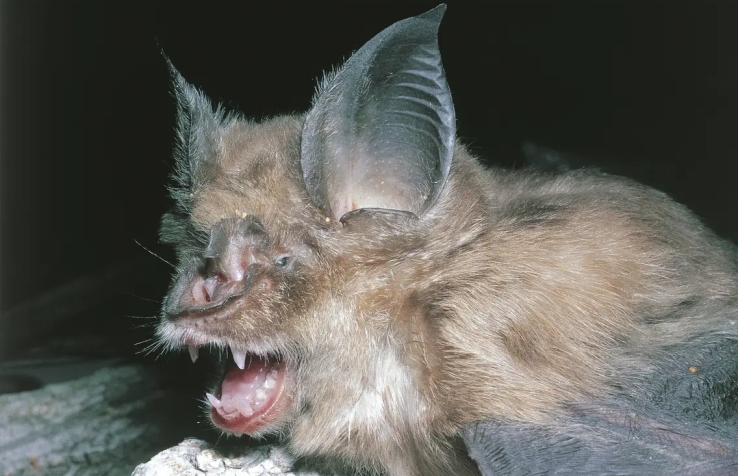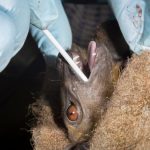A team of international researchers discovered 24 new bat coronaviruses, four of them related to the strain that causes COVID-19

After more than a year of the coronavirus pandemic, there is still no consensus among scientists and researchers about the true origin of SARS-CoV-2 that causes COVID-19. However, the search for the origin of the virus has turned up surprising results for an international team of scientists, according to a non-peer-reviewed paper published on Monday
A team of researchers from several countries, including China and Australia, says they have discovered 24 previously unknown bat coronaviruses – four of them related to the strain which causes COVID-19.
Led by Professor Shi Weifong of Shandong First Medical University, the team collected a total of 411 samples – of droppings, urine, and oral swabs — from 342 bats (23 bat species) from the Xishuangbanna Tropical 628 Botanical Garden and its adjacent areas (~1100 hectare), Mengla County, Yunnan Province in southern 629 China between May 2019 and November 2020.
The researchers later identified coronavirus in 40 of 100 sequencing libraries, including seven representing SARS-CoV-2-like. From these data, they obtained 24 full-length coronavirus genomes including four novel SARS-CoV-2 related and three SARS-CoV related genomes. Of these viruses, the closest matching virus, RpYN06, had a 94.5% sequence identity or similarity to SARS-CoV-2 across the whole genome.
“RpYN06 exhibited 94.5% sequence identity to SARS-CoV-2 across the whole genome and was the closest relative of SARS-CoV-2 in the ORF1ab, ORF7a, ORF8, N, and ORF10 genes.”

According to the 35-page paper, one virus carried ‘a genomic backbone arguably the closest to SARS-CoV-2 identified to date, but none appeared to be a direct ancestor of the coronavirus responsible for the pandemic, South China Morning Post (SCMP) reported citing a non-peer-reviewed paper published by preprint biology server bioRxiv.org. Here is how the team describes some of its findings
“We identified coronavirus contigs in 40 of 100 sequencing libraries, including seven representing SARS-CoV-2-like contigs. From these data we obtained 24 full-length coronavirus genomes, including four novel SARS-CoV-2 related and three SARS-CoV related genomes. Of these viruses, RpYN06 exhibited 94.5% sequence identity to SARS-CoV-2 across the whole genome and was the closest relative of SARS-CoV-2 in the ORF1ab, ORF7a, ORF8, N, and ORF10 genes. The other three SARS-CoV-2 related coronaviruses were nearly identical in sequence and clustered closely with a virus previously identified in pangolins from Guangxi, China, although with a genetically distinct spike gene sequence.”
The team did not reveal the exact location of their collection site but warned that the discovery of so many unknown species in such a small area was unexpected. The researchers also found the same virus could infect different bats, including species whose distribution spans from India, Southeast Asia to southern China.
“Our study highlights both the remarkable diversity of bat viruses at the local scale and that relatives of SARS-CoV-2 and SARS-CoV circulate in wildlife species in a broad geographic region of Southeast Asia and southern China”
The researchers said the data they collected will help guide surveillance efforts to determine the origins of SARS-CoV-2 and other pathogenic coronaviruses.


